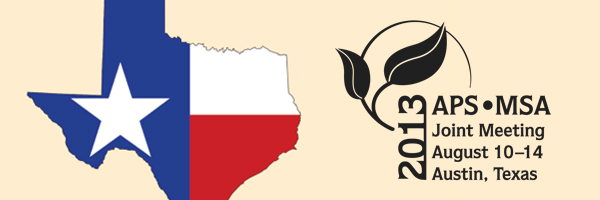APS Homepage
Back

Oral Technical Session: Disease Control Alternatives
© 2013 by The American
Phytopathological Society. All rights reserved.
221-O
Rhizoctonia spp. dynamics and optimal timing of glyphosate application to cereal cover crops to manage onion stunting in Washington and Oregon.
D. SHARMA POUDYAL (1), T. Paulitz (2), L. Porter (3), J. Eggers (4), P. B. Hamm (4), L. du Toit (5)
(1) Washington State University, Pullman, WA, U.S.A.; (2) USDA ARS, Pullman, WA, U.S.A.; (3) USDA ARS, Prosser, WA, U.S.A.; (4) Oregon State University, Hermiston, OR, U.S.A.; (5) Washington State University, Mt. Vernon, WA, U.S.A.
Onion stunting or bare patch caused by Rhizoctonia spp. is an economically important disease in sandy soils of the Columbia Basin of Oregon and Washington. Patches of stunted onions develop where cover crops of wheat or barley are killed with a herbicide spray prior to spring planting of onion seed. Onion bulb yield and concentration of DNA of R. solani AG groups in soil were compared within patches vs. adjacent healthy areas. Onion stunting reduced bulb yields 25 to 77% within patches. Severe stunting reduced total and marketable bulb weights. DNA of R. solani AG8 was detected at medium to high risk levels from a majority (57%) of patched areas compared to AG4 (21%), AG3 (10%), and AG2-1 (7%). To determine the optimum timing of cover crop kill with herbicide to reduce disease pressure, the winter wheat cover crop was sprayed with glyphosate 3, 17, or 27 days prior to onion seeding in a large-scale field trial. Glyphosate sprayed 17 and 27 days prior to onion seeding reduced the number of patches, total patched area, severity of stunting, and patch severity index (severity of stunting x patch area) compared to plots sprayed 3 days prior to planting. Less DNA of R. solani AG8 was detected in plots with the earlier sprays, and AG8 DNA level was positively correlated with patch severity index. Although different R. solani AG groups were detected from stunted patches, R. solani AG8 was associated most consistently with stunting.